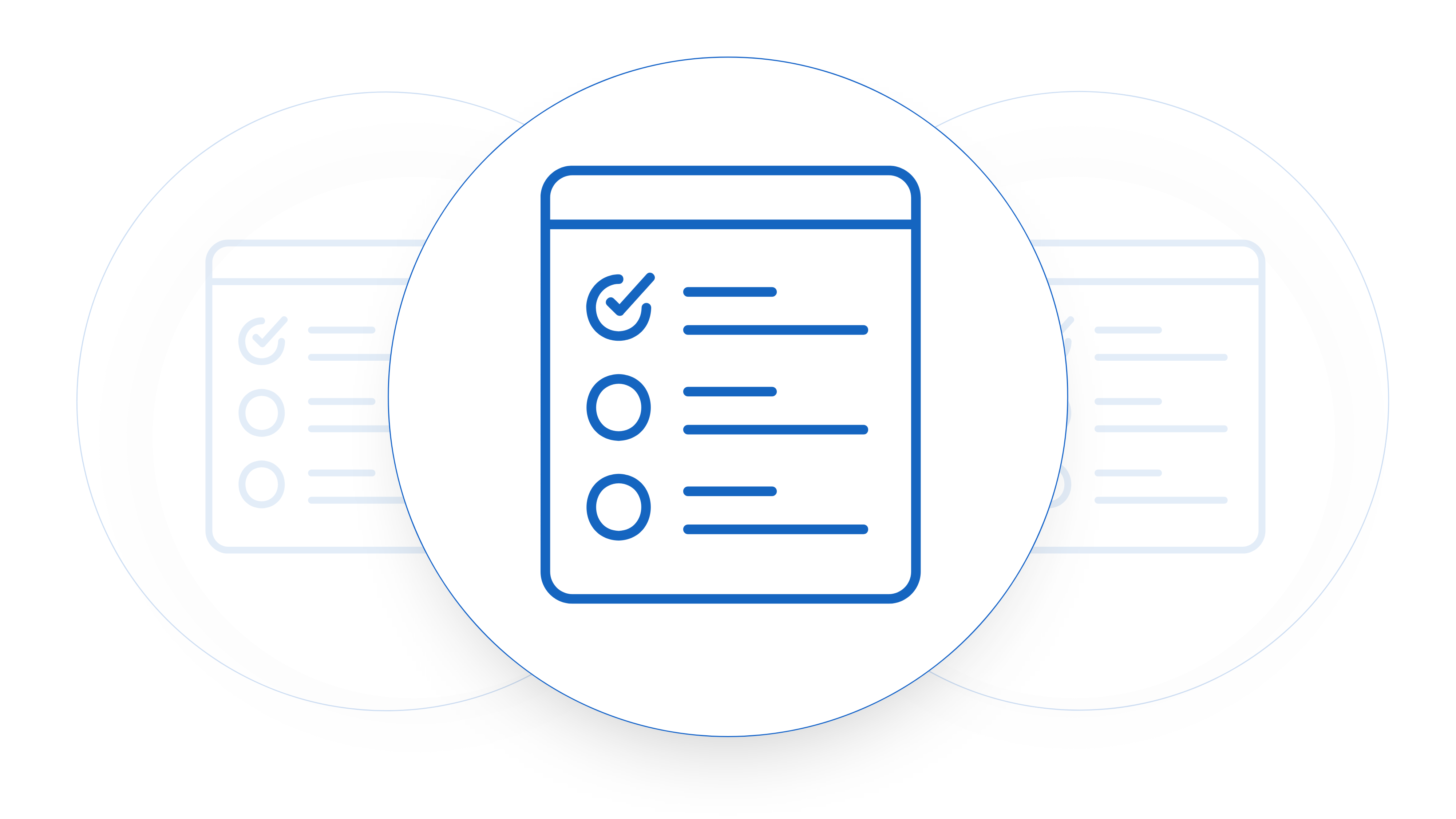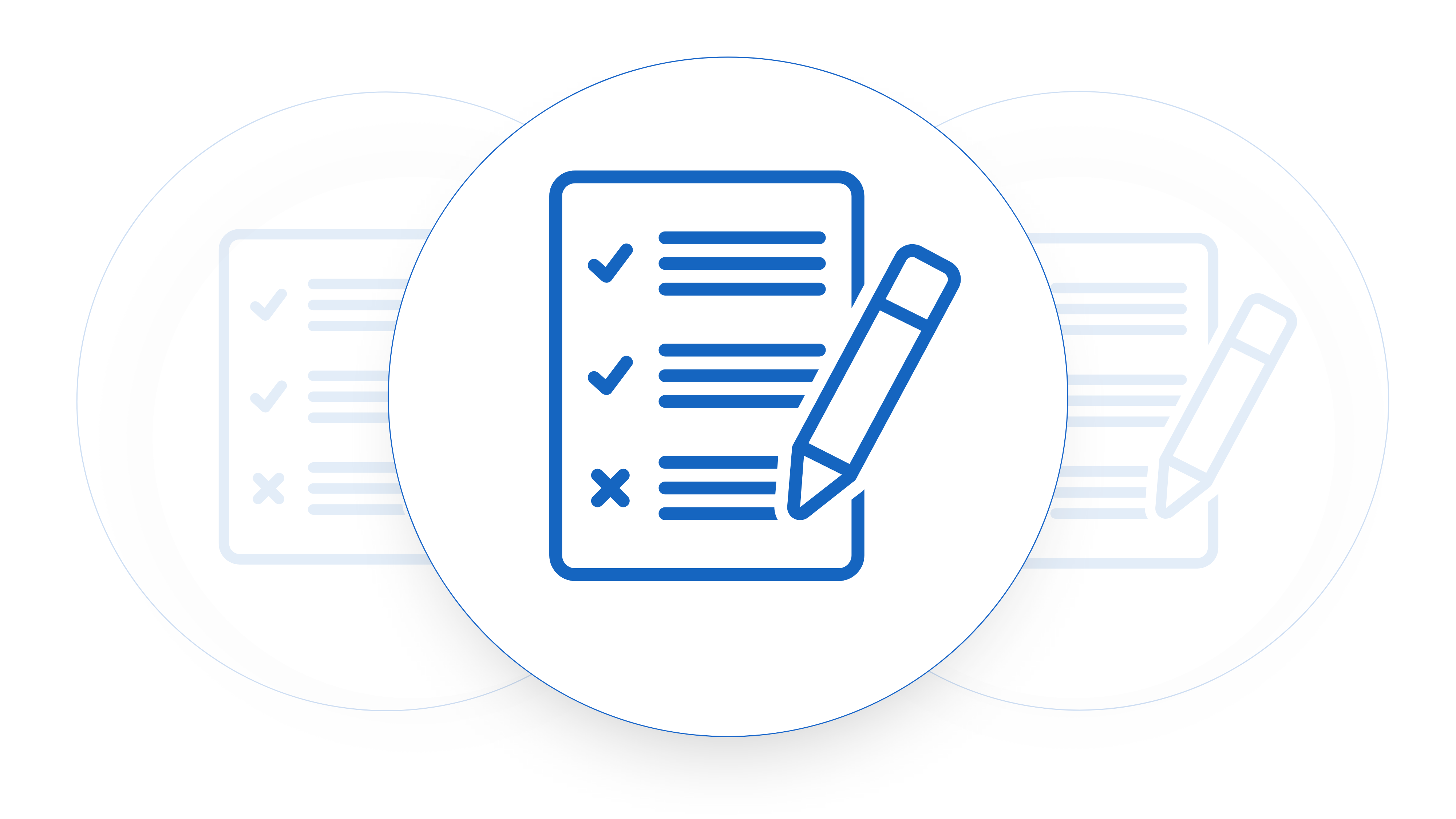Growing a business is tough but one of the most useful things. To do is get data on what is working and what isn’t. As you grow your startup one of the core report that will do this for you is an MRR waterfall report. Although not wildly complex, knowing how to format an MRR waterfall report. Becomes something of an art which will either given you exceptional insight. Into your business or just be an end of month time suck.
A lot of work goes into how to format an MRR waterfall report but you can start with a template – MRR Waterfall Template. Getting this set up for your business means knowing where to get the correct data from. And how to set up processes to update this on a monthly basis so it’s useful. Contract Sent has been build on the idea that for most reports like this your most reliable data is your contracts. Until you get to a point that your data in your CRM is reliable enough then a contract management software solution. Specifically built for small to medium-sized tech startups will help you get the data you need.
Now, let’s get into this report needed by startups aiming for sustained growth – how to format an MRR waterfall report. This guide aims to provide quick insights into the key elements of an effective MRR waterfall report. Without losing sight of the larger goal. Giving startups with actionable data to navigate the complexities of their revenue streams.
First of All What Is An MRR Waterfall Report?
MRR waterfall reports are used by SaaS (Software as a Service) startup companies to track and analyze changes in their MRR over a specific period. Typically on a monthly basis. The purpose of this report is to provide a detailed breakdown of the factors contributing to changes in MRR. Helping the company understand the drivers of revenue growth or decline.
Do I Need An MRR Waterfall Report?
Quick and easy answer here, if you’re a business that has recurring revenue then yes, You’ll need one and you’ll need to know how to format an MRR waterfall report. This will be the go to report for your executive team. And investors to know how your growing and to run a lot of metrics off this to understand the health of the business.
Where Do I Get The Data From
When you’re starting to format an MRR waterfall report one of the (sadly) hardest parts of doing this is finding the data in your business that is reliable enough to put in a report that you will most likely share with investors. You’re MRR waterfall report needs to be able to stand up to due diligence from investors meaning that the data matches what they will find in your signed contracts. Often, despite your best efforts, the data that you keep in you
Redline What Matters
Raise Changes For Approval To Turnaround Contracts Faster
Decoding the Art of MRR Waterfall Report Formatting
1. Date Period:
- Begin your report with a clear title that reflects the date period that the covers. This can be made to be today (“=TODAY()”) in Excel or can be drawn from the column that represents the last month period that has been added to the report.
- Including the reporting period helps contextualize the presented data.
2. Guide Tab:
- When you are setting up to format an MRR Waterfall report there are a lot of small nuances that can be added to represent your business. This could include conditional formatting to so shaded cells when there is a decrease or increase in a customers value. The thing to keep in mind here is that a lot of the readers of your report may be external to the company and need to have a guide to these things to understand them. Make sure you add a tab that let’s them know what’s going on.
3. Graphical Representation:
- Opt for a visually clear representation of MRR changes using a waterfall chart. Break down complex data into digestible visual elements that showcase the ups, downs and flow of revenue components throughout the reporting period. Your New MRR, Expansion MRR, Downgrade (Contraction) MRR and your Lost MRR should all be easily read and shouldn’t get lost. One of the easiest ways to do this is to have one tab that is the details of each customer and then another tab that extrapolates on this for the line item details.
4. Components of the Waterfall:
- Break down MRR changes into components like New Business, Expansion, Contraction, and Churn. Provide detailed insights into what each component signifies and its direct impact on the overall revenue picture. Relate these components to real-world scenarios startups often encounter.

5. Numeric Breakdown:
- Present a detailed table or breakdown of each customer first. This is important, especially if you’re selling to enterprise companies and you’ve got fifty or a hundred customers. Seeing them line by line and the data month by month will give you a quick view of who’s renewing soon and where your risk points are. After that a new tab breaking down each MRR component, offering numerical insights of how much churn or expansion there has been month on month, quarter on quarter and year on year is very useful. Discuss the importance of accurate data in making informed business decisions and how startups can leverage these numbers for strategic planning.
6. Key Metrics:
- Highlight key MRR metrics like Monthly/Quarterly/Yearly Net Change, Growth Rate, and Churn Rate. Dive deeper into the implications of these metrics, connecting them to broader business goals and strategies. Showcase real-life examples of how improvements in these metrics translate to business success. You can also start building your calculations for Net Revenue Retention and Gross Revenue Retention from here.
7. Analysis and Commentary:
- Offer insightful analysis on observed trends and changes in MRR, avoiding unnecessary technical jargon. Discuss the practical implications of these trends with comments or an section with commentary. These sections should work on addressing common questions an outside person may have about your startups financial performance.
8. Comparisons:
- Always provide comparisons with previous months/quarters/years and where possible against industry benchmarks. Illustrate the significance of trends by drawing comparisons and ensure that these comparisons are relevant to your startups unique context and growth trajectory.
9. Output/Overview:
- Summarize key takeaways and insights from the MRR waterfall report with a table charts. The charts tab should be a glossy chart based representation of the high level numbers. Make it pretty and this can be where you pull a lot of your visuals from for a board update or a company presentation.
10. Visual Enhancements:
- Use visual enhancements as a layer on top of your rows of raw data to make the report engaging. Ensure visuals serve the purpose of simplifying complex data without overwhelming the reader.
11. Distribution:
- Clearly define the target audience for the report and distribute it efficiently. If you’re only going to have it for internal distribution you still need to make sure everyone that will view it will understand what’s going on. Discuss the importance of cross-team collaboration in understanding and implementing the insights gained from the MRR waterfall report. Emphasize the collaborative features of tools like Contract Sent in facilitating the gathering of data that will be reliable from your contracts.
Formatting an MRR waterfall report is about giving yourself and your team actionable insights as well as presenting well structured data to your external stakeholders. By focusing on clarity, relevance, and practicality, startups can leverage the MRR waterfall report as a strategic tool. This approach ensures that the report serves its intended purpose – facilitating informed decision-making internally and externally. My final tip is that when you’re looking to surface this data to an external stakeholder it can be great to have a designer run their eye over it. It’s amazing what a lick of paint can do to help you communicate the story in the data better.











